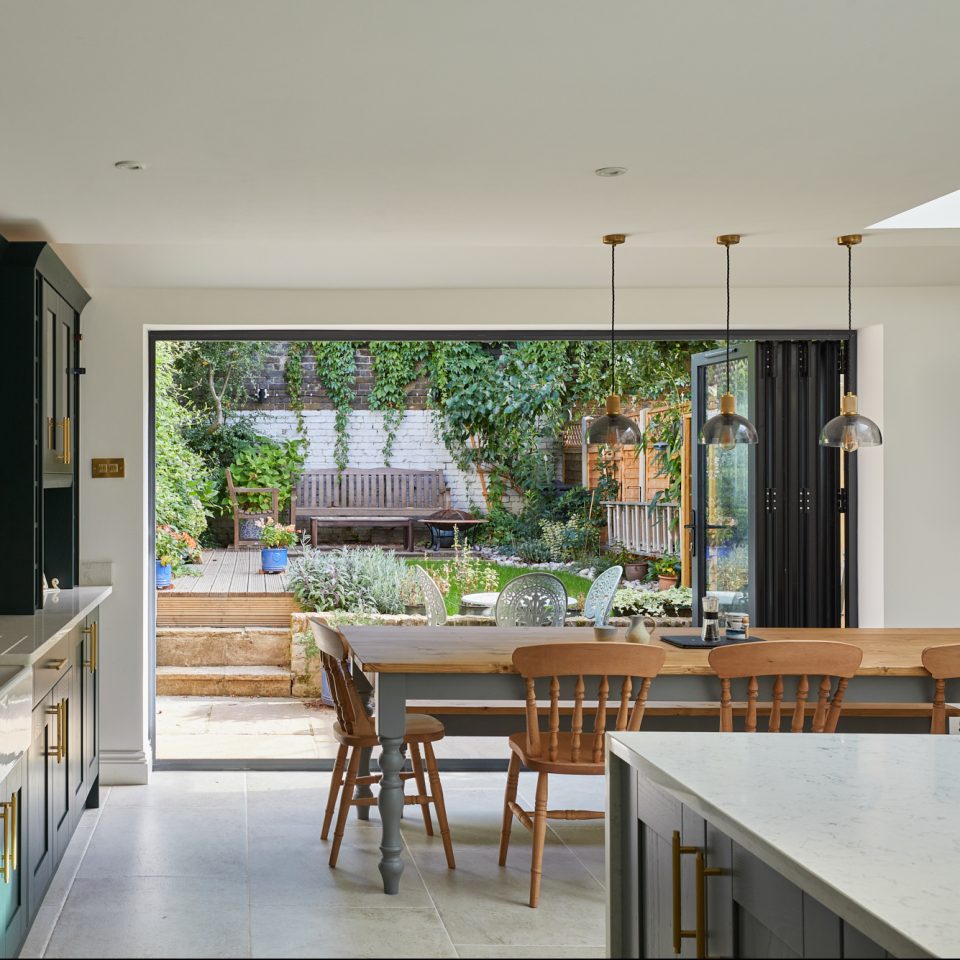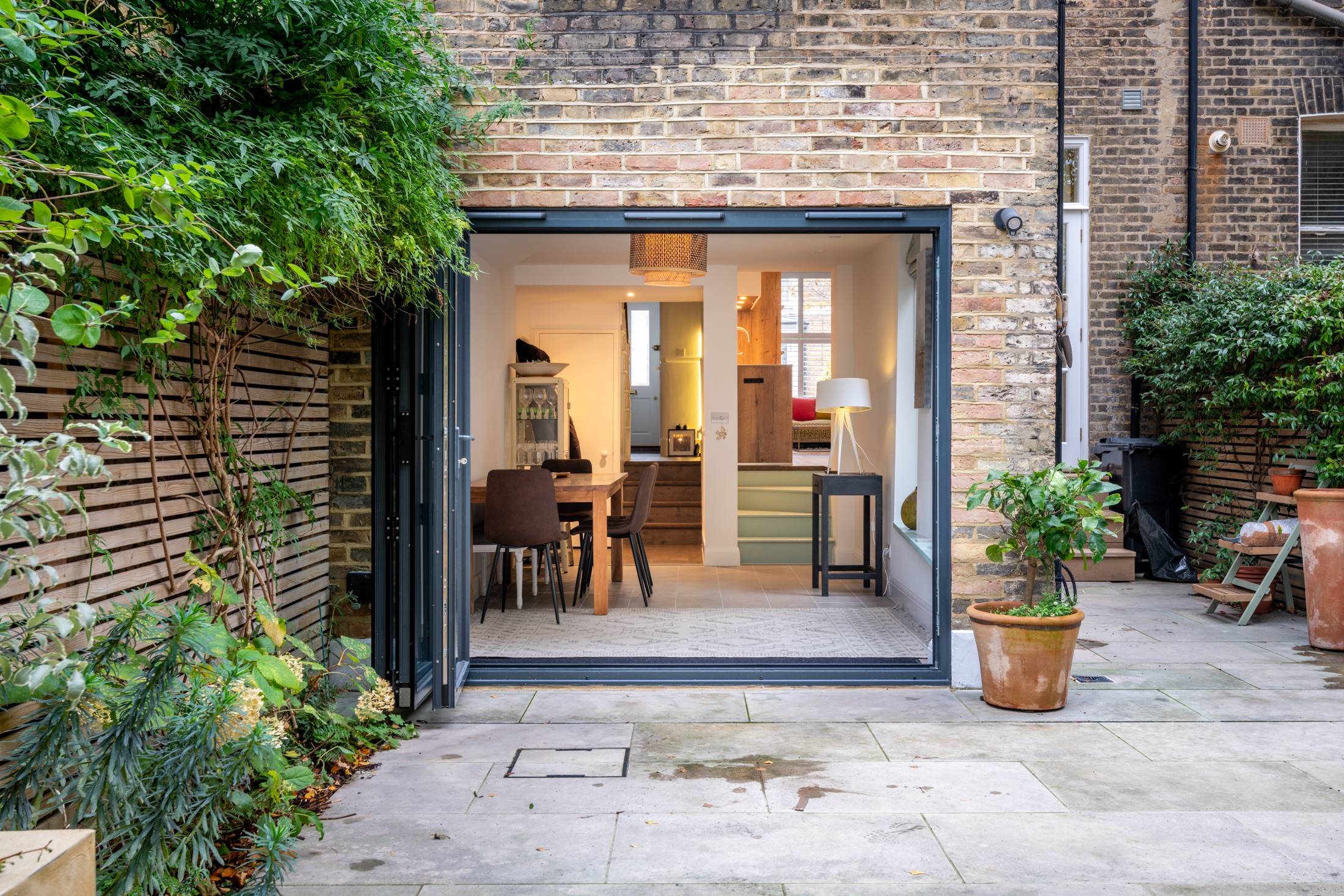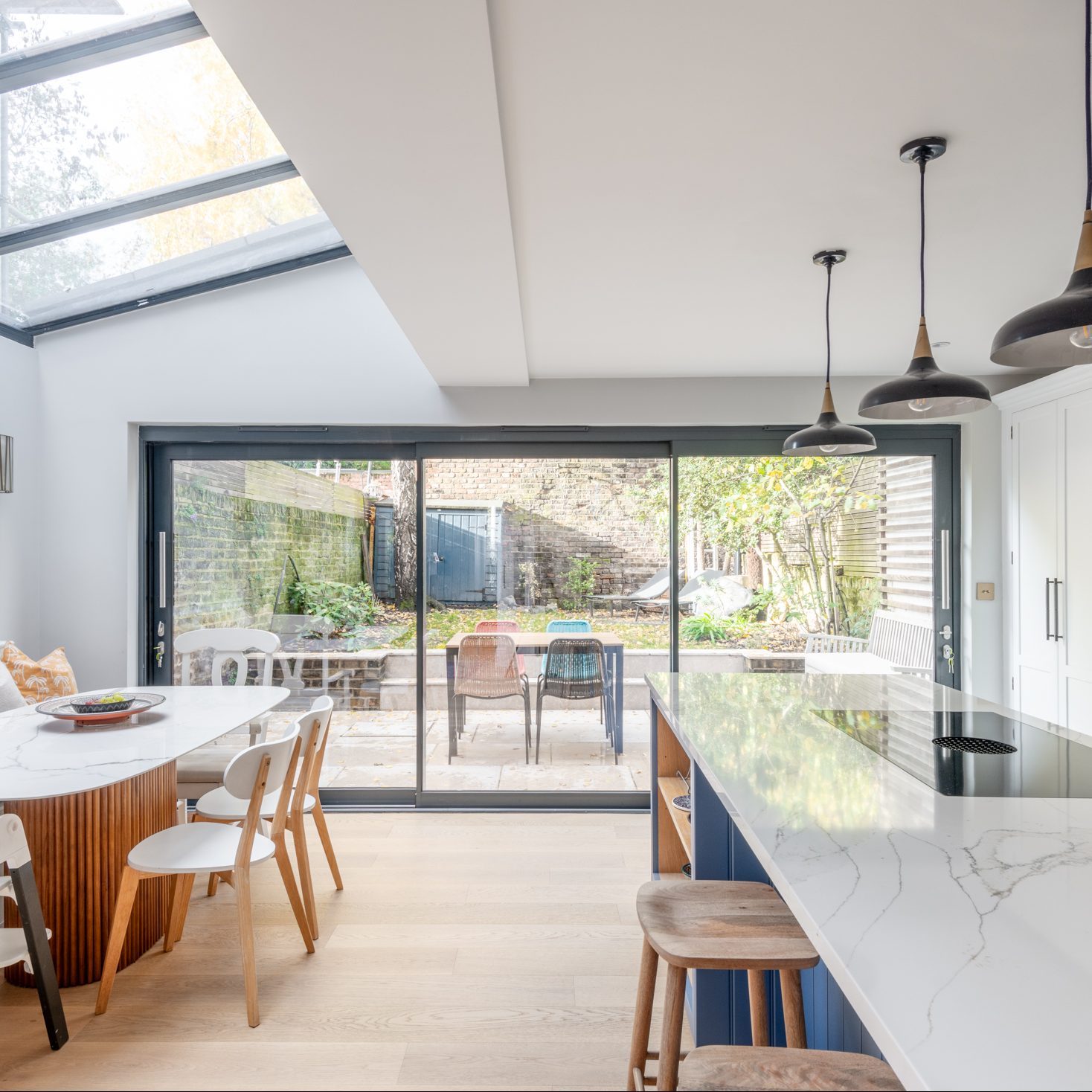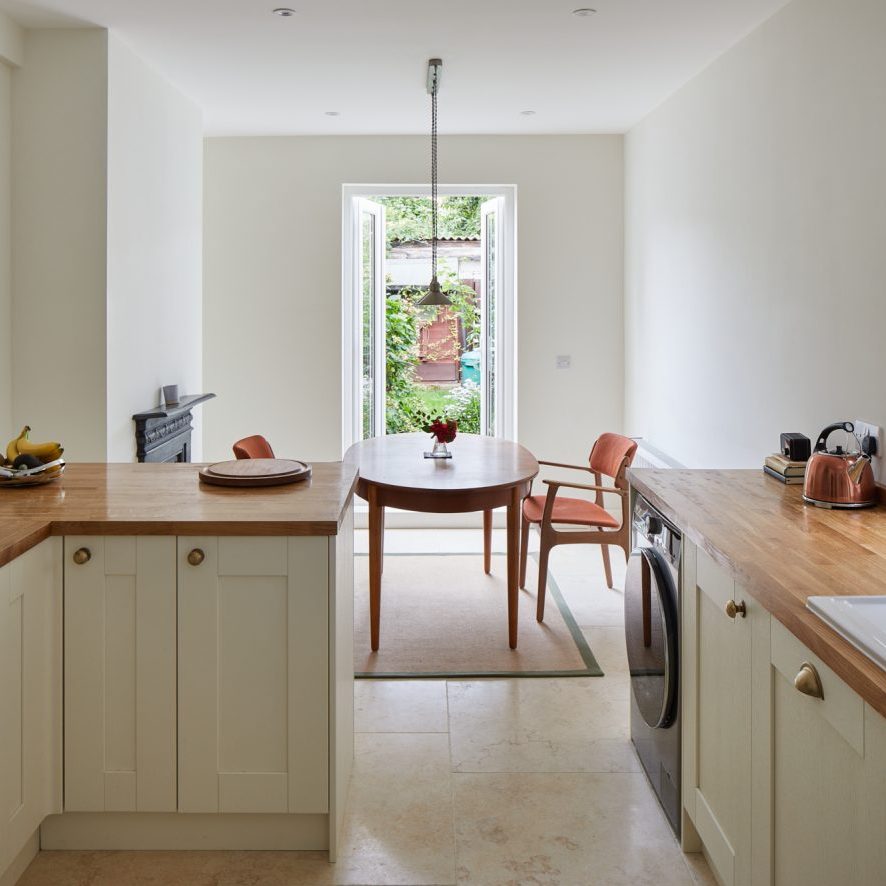Decoding Labour Costs: How to Budget Efficiently

As homeowners in London, the prospect of adding value and space to our homes through renovations, extensions, and loft conversions is always appealing. But, before we make the leap, it’s essential to grasp a realistic understanding of the costs involved. Particularly, the often-misunderstood realm of labour costs. As the director of a renowned architectural practice, My-architect, I’ve guided many clients through the intricate process of calculating costs for their upscale home projects. In this article, I aim to shed light on the often nebulous world of budgeting, ensuring you walk away with the tools and knowledge to plan more effectively.
Understanding Labour Costs
When estimating home renovation costs or home extension costs, labour frequently takes up a significant portion. It’s vital to remember that you’re not just paying for manual work but expertise, skill, and years of experience. Labour rates can vary significantly, influenced by the complexity of the project, location, and the professionals you hire.
Using a Cost Calculator
A cost calculator is an invaluable tool when budgeting. At My-architect, we often recommend homeowners to make use of these tools early in the planning stage. They offer a rough estimate, laying the groundwork for a more detailed cost breakdown later. By inputting some basic project details, you can get a ballpark figure for your loft conversion costs, extensions, or renovations. Remember, while helpful, these calculators should be used as a guideline rather than an exact figure.
Break Down the Components
A detailed breakdown is the key to a more precise budget. Separate the project into different tasks and elements. For instance, when looking at home extension costs, consider:
- Foundation work: The basis of your extension, which may require excavation, concrete pouring, and more.
- Structural work: Including walls, ceilings, and potential modifications to the existing structure.
- Roofing: Whether you’re adding a new section or altering the existing one.
- Finishing touches: Painting, flooring, lighting, and fittings.
Each of these components has its associated labour costs. Getting detailed quotes from contractors for each section can give you a more accurate picture of the overall costs.
Consider the Unexpected
In my years of experience, I’ve found that unexpected costs are, ironically, to be expected. It’s not uncommon to encounter unforeseen challenges during construction that weren’t apparent in the initial planning stages. Setting aside a contingency fund (often 10-15% of your total budget) is a wise move. This cushion ensures that you’re not caught off guard when those unplanned expenses arise.
Final Thoughts
Embarking on a home renovation or extension is an exciting venture, one that promises to breathe new life into your living space and potentially enhance its value. However, a successful project hinges on a well-planned budget. By understanding how to decode the various labour-related costs, using tools like a cost calculator, and being prepared for unexpected expenses, you can navigate the financial aspects of your project with confidence and clarity.
So, before you commence your dream loft conversion or elegant home extension, take the time to delve deep into your budgeting. Remember, an informed homeowner is an empowered homeowner.




